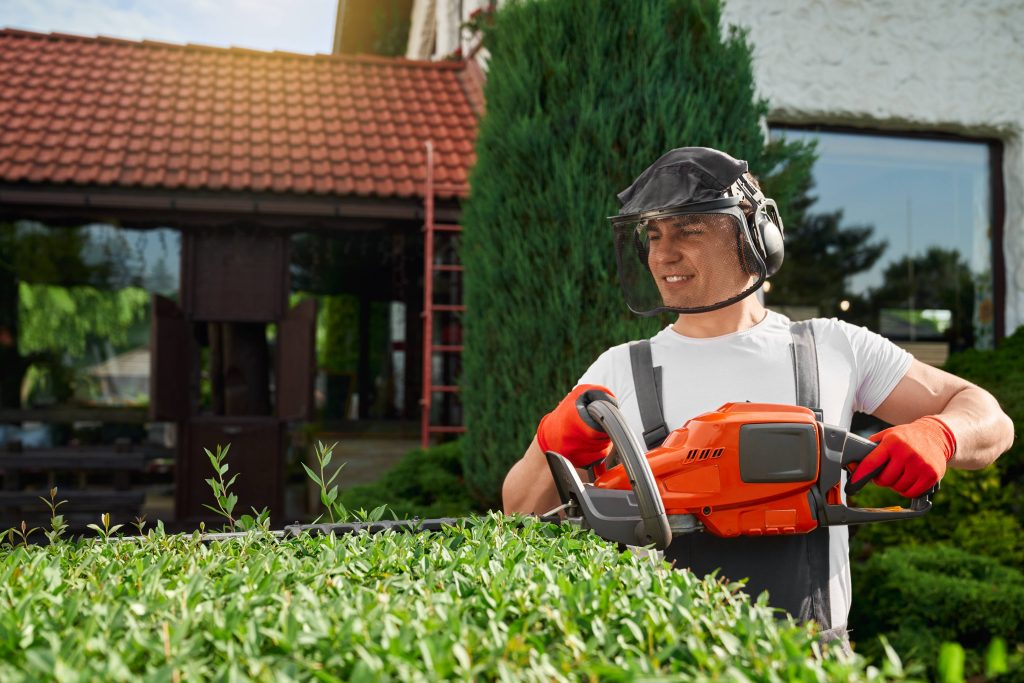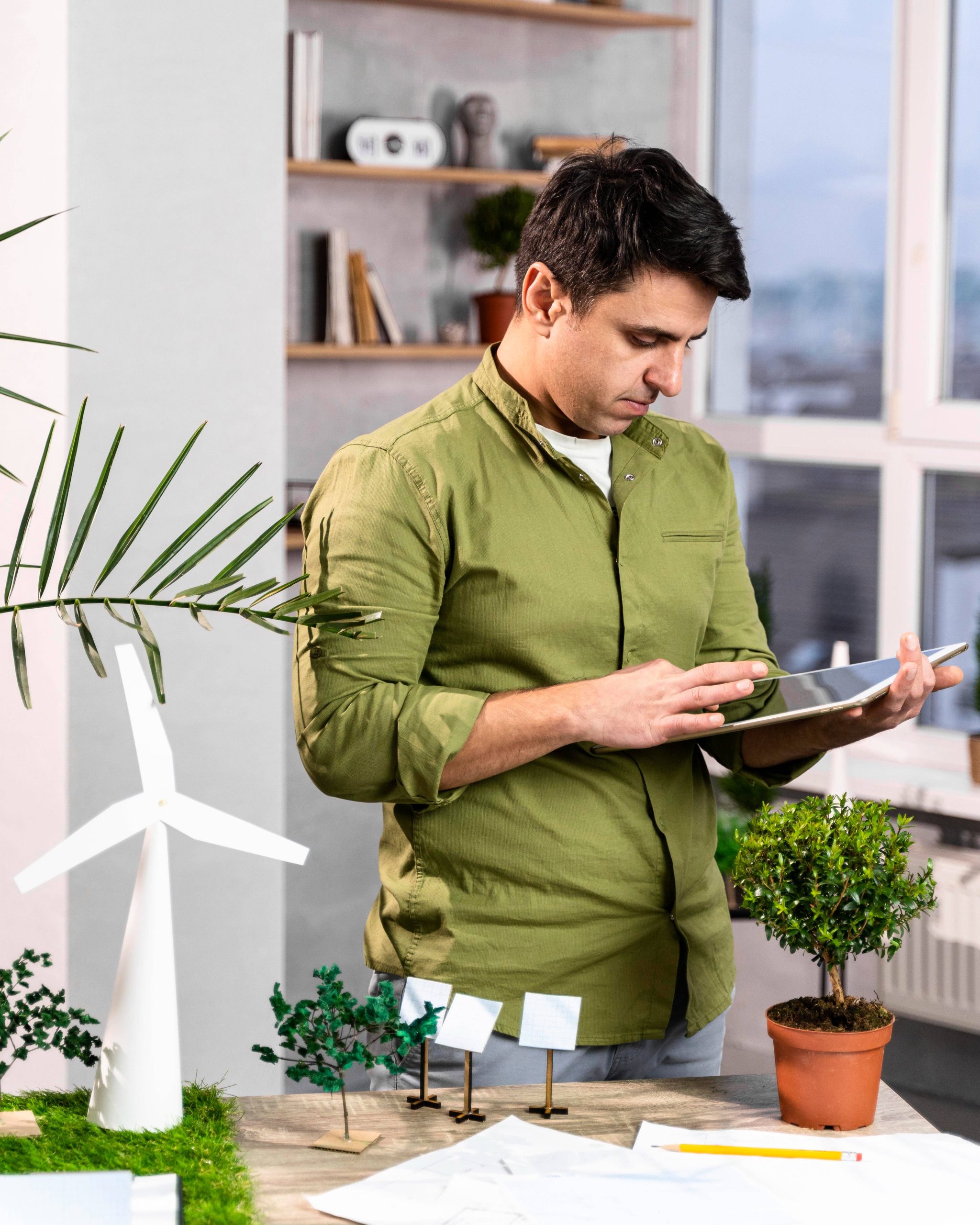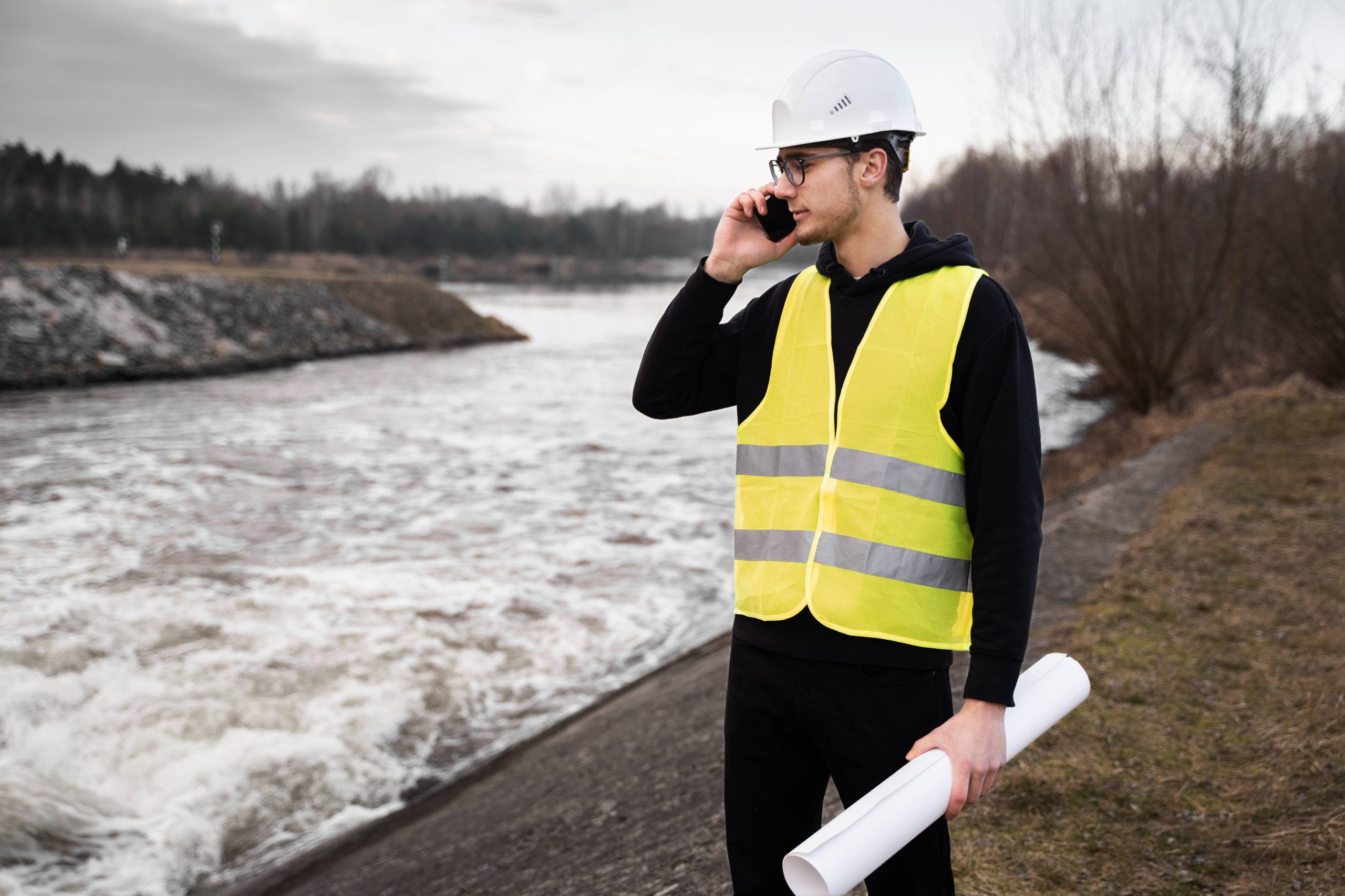Landscaping plays a vital role in the first impression of any commercial property. A well-designed landscape not only enhances curb appeal but also creates a welcoming and enjoyable environment for visitors, tenants, and employees alike.
In recent years, commercial landscaping trends have evolved to reflect a growing emphasis on sustainability, aesthetics, and functionality.
Here’s a look at the latest trends that are shaping the world of commercial property landscaping and how these can add value to your property.
1. Sustainable and Eco-Friendly Landscaping
Sustainability is at the forefront of many modern landscaping projects. Commercial properties are increasingly focusing on eco-friendly landscaping designs to reduce their environmental impact.
This includes using native plants that require less water, minimizing the use of pesticides, and installing efficient irrigation systems that conserve water.
- Native and Drought-Tolerant Plants: Native plants are adapted to the local climate, requiring less water and maintenance, which saves both resources and costs.
- Rain Gardens and Bioswales: These landscaping features capture and filter stormwater, reducing runoff and promoting groundwater replenishment.
- Organic Maintenance Practices: Reducing chemical use in fertilization and pest control supports local ecosystems and creates a healthier environment for tenants and visitors.
2. Outdoor Work and Social Spaces
The demand for outdoor spaces that can double as work areas or social zones has surged. Providing spaces where employees and visitors can relax, work, or gather creates a more inviting and functional environment.
- Outdoor Seating Areas: Tables, benches, and shade structures make it easy for people to enjoy the outdoors, whether they’re working or taking a break.
- Wi-Fi Access in Landscaped Areas: Offering internet access in outdoor seating zones adds to the usability of these spaces.
- Green Rooftop Spaces: Rooftop gardens not only maximize space in urban areas but also improve building insulation, reducing energy costs and creating a unique attraction.
3. Smart Irrigation Systems
With the advancement of technology, irrigation systems have become more efficient and sustainable.
Smart irrigation systems are now essential in commercial landscaping, allowing for better water management and reduced waste.
- Automated Systems: These systems can detect weather changes and soil moisture levels, adjusting water usage accordingly.
- Rain Sensors and Timers: Rain sensors prevent overwatering during rainy periods, while timers ensure watering happens at optimal times, such as early mornings or evenings.
- Drip Irrigation: Drip irrigation delivers water directly to plant roots, reducing evaporation and ensuring efficient water use.
4. Low-Maintenance Landscape Designs
Commercial properties often have limited time and resources for landscaping upkeep. Low-maintenance landscaping is therefore a popular trend, helping property managers keep spaces attractive without excessive labor.
- Ground Covers Instead of Grass: Ground covers like clover or creeping thyme are low-maintenance alternatives to traditional grass lawns, reducing mowing and water needs.
- Perennial Plant Choices: Perennials return year after year, minimizing the need for replanting and reducing costs over time.
- Mulching and Weed Barriers: Mulch reduces the need for watering by retaining soil moisture and also helps to prevent weeds, reducing maintenance.
5. Incorporating Edible Landscaping
Edible landscaping is a unique trend that combines functionality with aesthetics by incorporating fruit trees, vegetable plants, and herbs into landscaping designs.
This approach adds a unique element to commercial properties and can be both visually appealing and practical.
- Herb Gardens: Herb gardens offer a green touch and can be used by employees or tenants for cooking, adding a community-oriented feature.
- Fruit Trees: Trees such as apple, cherry, or pear provide shade, add seasonal color, and produce edible fruits.
- Vertical Garden Beds: In smaller spaces, vertical beds can be used for growing a variety of edible plants, adding greenery without occupying much ground space.
6. Year-Round Color and Interest
Creating a landscape that remains visually appealing throughout all seasons is a key goal for commercial properties.
Incorporating plants and design elements that provide year-round color and texture can enhance aesthetics and reduce seasonal maintenance needs.
- Evergreen Trees and Shrubs: These plants maintain their greenery year-round and offer a reliable background color even in winter months.
- Seasonal Blooms: Flowering plants that bloom at different times of the year can add changing colors, creating visual interest for every season.
- Hardscape Elements: Rock gardens, sculptures, and water features maintain their appeal year-round, offering consistent aesthetic value regardless of season.
7. Lighting Enhancements
Effective landscape lighting extends the usability of outdoor spaces beyond daylight hours and highlights landscaping features at night.
Good lighting is both functional and adds security to a property, making it safer and more attractive.
- LED Lighting: LEDs are energy-efficient, durable, and can be used for a variety of lighting applications, including pathway lights, accent lights, and spotlighting.
- Solar-Powered Lights: Solar lights are sustainable, easy to install, and reduce electricity costs.
- Motion-Sensor Lighting: These lights add security by automatically illuminating when movement is detected, which can deter trespassers and provide visibility for nighttime visitors.
8. Biodiversity and Wildlife Habitat Creation
Creating landscapes that support local biodiversity is a growing trend in commercial landscaping.
By designing landscapes that attract and sustain wildlife, properties can contribute to the health of local ecosystems.
- Pollinator Gardens: Planting flowers and plants that attract bees, butterflies, and hummingbirds supports pollinator populations.
- Bird-Friendly Plants and Feeders: Native shrubs and trees that produce berries or seeds attract local bird species, enhancing biodiversity.
- Water Features: Small ponds or birdbaths provide hydration and add interest to a landscape while supporting local wildlife.
9. Use of Recycled and Sustainable Materials
Eco-friendly materials are being integrated into landscape designs to further minimize environmental impact. Using recycled materials reduces waste and supports sustainable landscaping goals.
- Recycled Stone and Concrete: These materials can be repurposed for pathways, retaining walls, and patios.
- Sustainable Decking and Fencing: Materials like reclaimed wood or bamboo are renewable and environmentally friendly options.
- Recycled Mulch and Soil Amendments: Using recycled mulch and soil products promotes sustainability by reducing the demand for new materials.
10. Stormwater Management Landscaping
Stormwater management is essential in areas with heavy rainfall. By designing landscapes to manage stormwater, commercial properties can reduce erosion, flooding, and water runoff while promoting groundwater recharge.
- Permeable Pavers: Permeable pavers allow water to filter through rather than pooling on surfaces, reducing runoff.
- Green Roofs and Walls: Green roofs absorb rainwater, provide insulation, and reduce the amount of stormwater that flows off the building.
- Retention Ponds and Rain Gardens: These features collect stormwater and allow it to filter naturally back into the ground.
Conclusion
Modern commercial landscaping is as much about sustainability and functionality as it is about aesthetics.
By embracing trends like smart irrigation, eco-friendly designs, biodiversity, and stormwater management, commercial properties not only enhance their appeal but also contribute positively to the environment.
As more businesses recognize the benefits of sustainable and innovative landscaping, these trends are likely to become foundational elements of commercial property design, providing beautiful, functional, and eco-friendly spaces for years to come.





